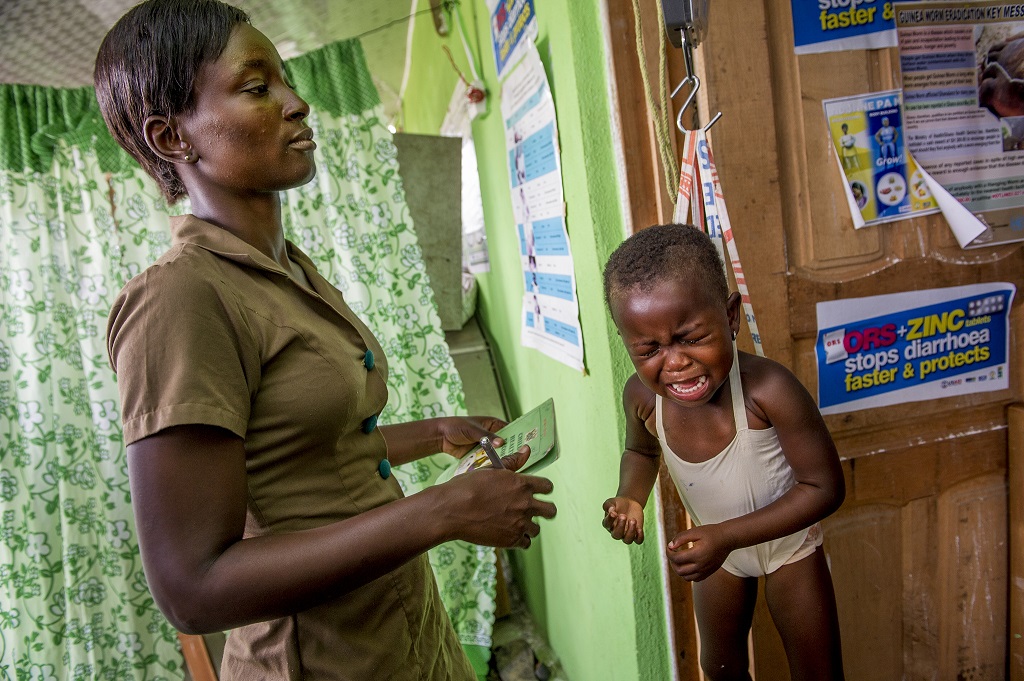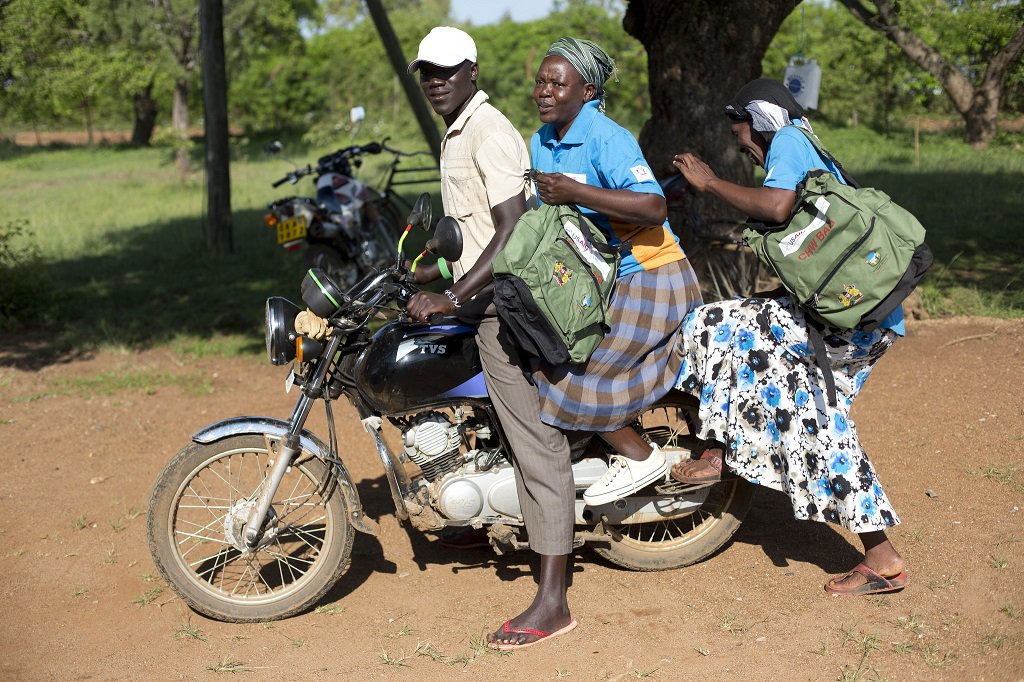Every three seconds, a child’s death is prevented in low- and middle-income countries thanks to a community health worker (CHW).
Trained, lay workers play a vital role in health promotion and care for people with limited access to health facilities – bringing education and high-quality services to rural populations, adolescents, the very poor, and those facing the highest disease burden. Yet the World Health Organization (WHO) estimates that nearly 400 million people globally still lack access to essential health services.
As we look to 2030, we must recognize that CHWs are critical to reaching our shared goal of universal coverage.
On the frontlines of even the most remote communities, CHWs have contributed to the 37% decline in child mortality in the past 20 years, and the 34% decline in maternal mortality between 1990 and 2008. For as little as $300 per worker to train, CHW programs have also proved to be cost effective investments in community-based delivery.
This World Health Worker Week, we’re renewing our commitment to the five million CHWs who are active across the globe by advocating for programs and resources that support them.
While the needs for CHWs are enormous, their number and the resources to support them are finite. To address these issues, we’ve developed the CHW Coverage and Capacity Tool – the “C3” tool – to help Ministries of Health and District Managers prioritize their work. The Excel-based tool supports policymakers to optimize CHWs’ time and tasks through modeling scenarios. Our staff tested the tool in Tanzania last year, and expects to use it in at least three new countries in 2016: Ghana, Rwanda and Sierra Leone.

To include CHWs in the global conversation on health workers, MCSP co-led a session at the 2016 Prince Mahidol Award Conference in Bangkok entitled: “Community Health Workers for Achieving Universal Health Coverage: Experience in using evidence to guide decision-making for CHW programs.” The session report will be provided to the WHO as it develops new guidelines for community-based practitioners.
We must remember: CHWs are not a stop-gap measure in a second-rate health program; they are permanent, integral members of the broader workforce.
Every day, 21,000 children die from preventable causes, and 1,000 women and girls die in pregnancy and childbirth. Many of these deaths could be prevented with low-tech, inexpensive interventions implemented by CHWs.
A 2015 article published in BioMed Central found that CHWs and related large-scale programs are a crucial link between communities and formal health systems. As generally trusted members of their communities, with the necessary training and supervision support—and linkages with formal health centers for referrals, CHWs form the foundational first tier of the health system. They are also well positioned to work across sectors, connecting efforts in health to those in education, agriculture, transportation, water, sanitation and governance.
CHWs, who often live in the villages they serve and can be readily accessed, promote health and provide high-quality care in regions with limited access to formal health facilities.
A recent WHO Bulletin outlined how CHWs are helping to close the coverage gaps that stubbornly persist across the globe: through training to perform tasks normally reserved for higher-level health workers; by extending care to underserved communities and the homebound; and by more effectively relaying health messages through local languages and culture by working where they live.

Where health facilities are currently inaccessible—and even as they become easier to reach—CHWs will continue to be an essential part of achieving universal health coverage.
To learn more about our work developing and strengthening community health worker programs, click here.

